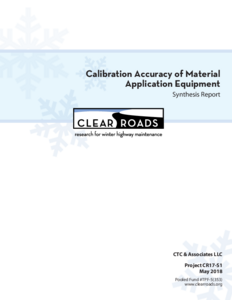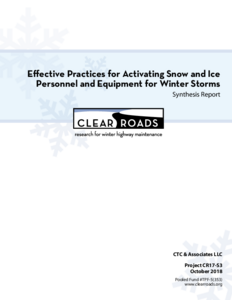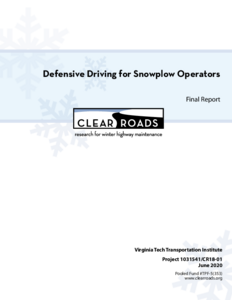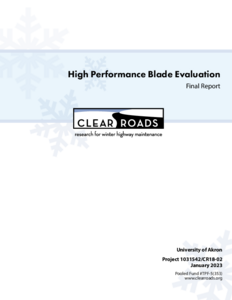Displaying results 131 - 140 of 2990
Defensive Driving for Snowplow Operators
Creator
Date Created
2020-06
Report Number
CR18-01
Description
Presentation: General Safe Driving Practices for Snowplow Operators
Date Created
2020
Report Number
CR18-01P1
Description
Presentation: Defensive Driving Training for Snowplow Operators
Date Created
2020
Report Number
CR18-01P2
Description
High Performance Blade Evaluation
Creator
Date Created
2023-01
Report Number
CR18-02
Description
Quick Reference Guide: High Performance Blade Evaluation
Creator
Date Created
2023-01
Report Number
CR18-02G
Description








